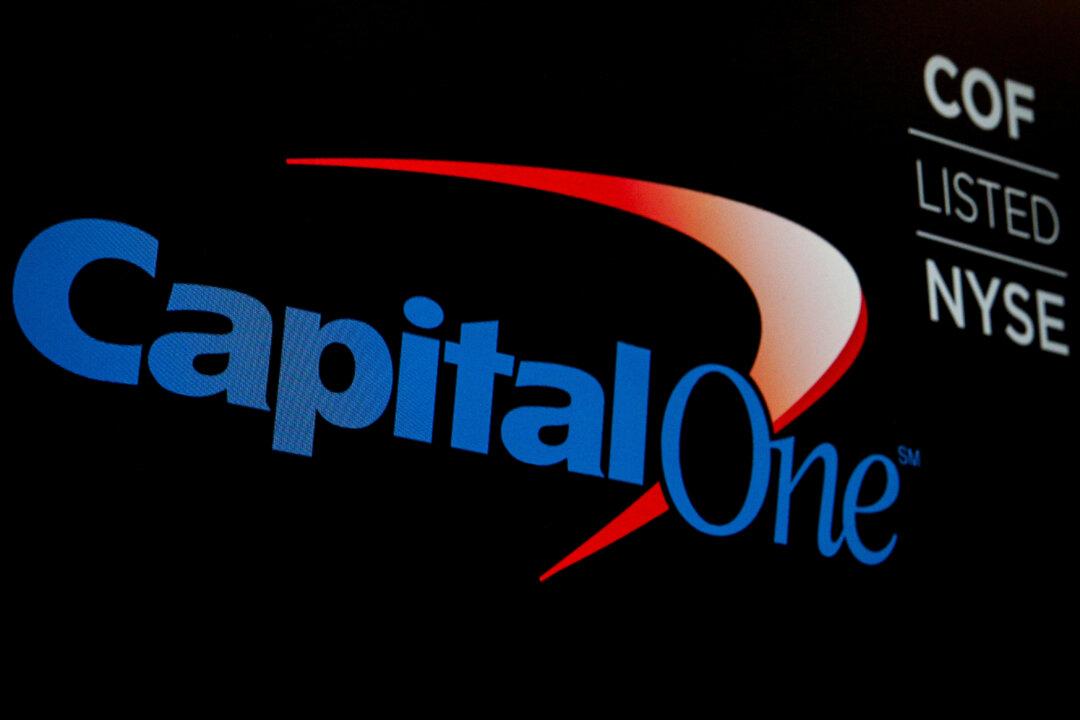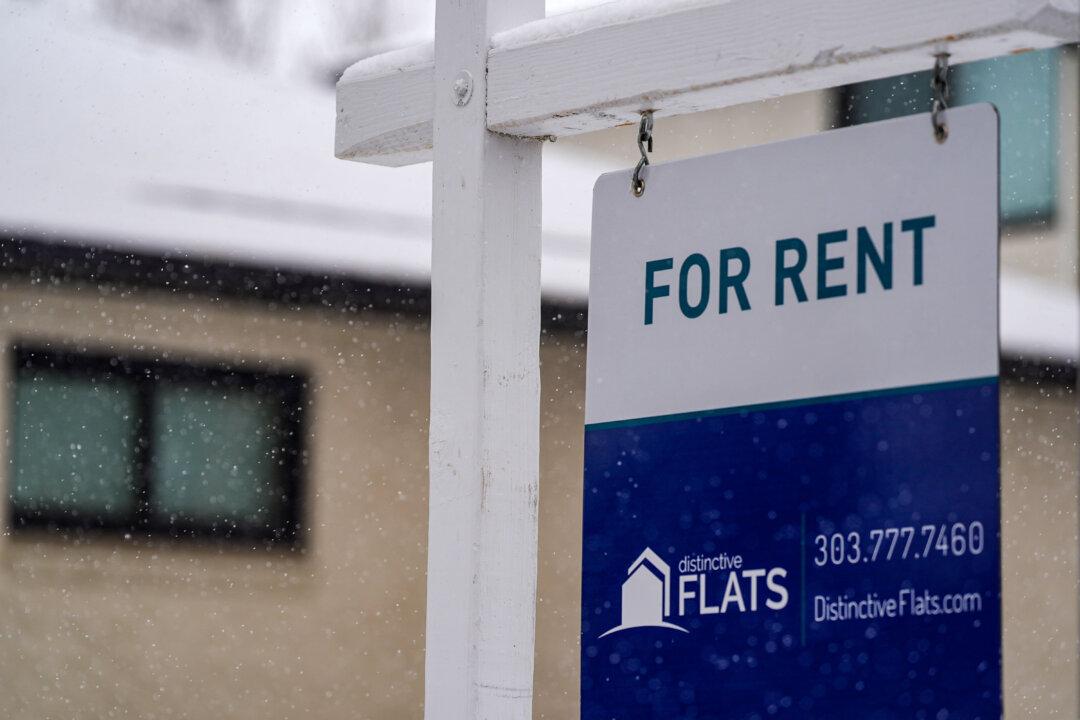Contribution limits for retirement plans like 401(k) and Individual Retirement Account (IRA) have been raised by $500 for the next year, according to a recent update by the Internal Revenue Service (IRS).
A catch-up contribution allows individuals aged 50 and above to make additional contributions to their IRS or 401(k) accounts. Such individuals are closer to the age of retirement and, thus, have less time to grow their assets.
The $500 boost in contribution limits for 401(k) and IRA plans can help customers boost their tax-free savings.
As far as 401(k) accounts are considered, contributions come directly from an employee’s salary prior to charging taxes. A larger contribution limit, therefore, indicates that individuals can build up a bigger pre-tax retirement fund. Moreover, $500 in extra contribution allows the person to have a lower taxable income.
Like with 401(k), the $500 increase in contribution means the extra money will grow tax-free in the account. For IRA accounts, the IRS may allow deducting contributions from the income tax return.
New IRA Phase-Out Ranges
Phase-out ranges are used by the agency to manage the extent to which individuals can gain from tax benefits like deductions, exemptions, and credits. In its latest press release, the IRS announced new phase-out ranges for IRA accounts next year:- For single taxpayers covered by a workplace retirement plan, the phase-out range has been raised to $77,000-$87,000, up from $73,000-$83,000—an increase of $4,000.
- For married couples filing jointly, if the spouse making the IRA contribution is covered by a workplace retirement plan, the phase-out range next year will be $123,000-$143,000, up from between $116,000 and $136,000—an increase of $7,000.
- For an IRA contributor who is not covered by a workplace retirement plan and is married to someone who is covered, the phase-out range is set to be between $230,000 and $240,000, up from a range of $218,000 and $228,000—an increase of $12,000.
- For a married individual filing a separate return who is covered by a workplace retirement plan, the phase-out range will remain unchanged between $0 and $10,000.
For individuals contributing to Savings Incentive Match Plan for Employees of Small Employers (SIMPLE) accounts, the contribution limit has been raised from $15,500 to $16,000 for 2024. The catch-up contribution for the plan remains unchanged at $3,500.
- The limit has been raised from $73,000 to $76,500 for low and moderate-income married couples filing jointly.
- For heads of households, the limit for 2024 will be $57,375, up from $54,750.
- The limit has been raised to $38,250 from $36,500 for singles and married individuals who file separately.
Hardship Withdrawals
IRA’s boost in contribution limits for 401(k) accounts comes as a growing number of Americans are withdrawing money from their retirement accounts due to ongoing financial hardships.BofA calculates that 2.5 percent of retirement account holders borrowed from their accounts in Q2. Average loans taken by individuals came in at $8,550. Nearly 14 percent of account holders had at least one loan in default during Q2, slightly down from 14.3 percent in Q1.
“This year, more employees are understandably prioritizing short-term expenses over long-term saving. However, it’s critical that employees continue to invest in life’s biggest expense: retirement,” Lorna Sabbia, head of retirement and personal wealth solutions at BofA, said in a statement.
The typical contribution to 401(k) in the second quarter was $1,460, which was down 23 percent from Q1. The average 401(k) account balance by the end of June 2023 was $82,300, up almost 10 percent from $75,050 by the end of December 2022.







